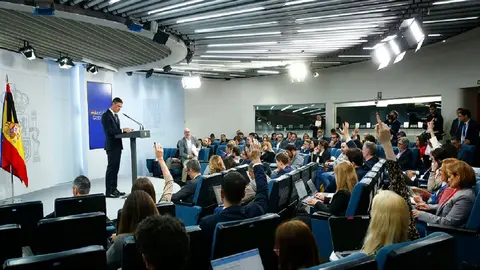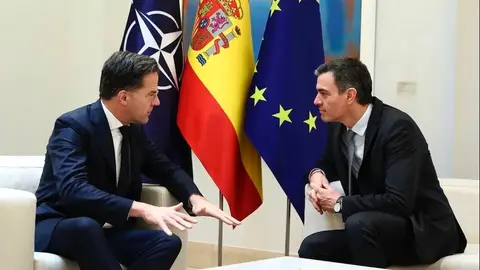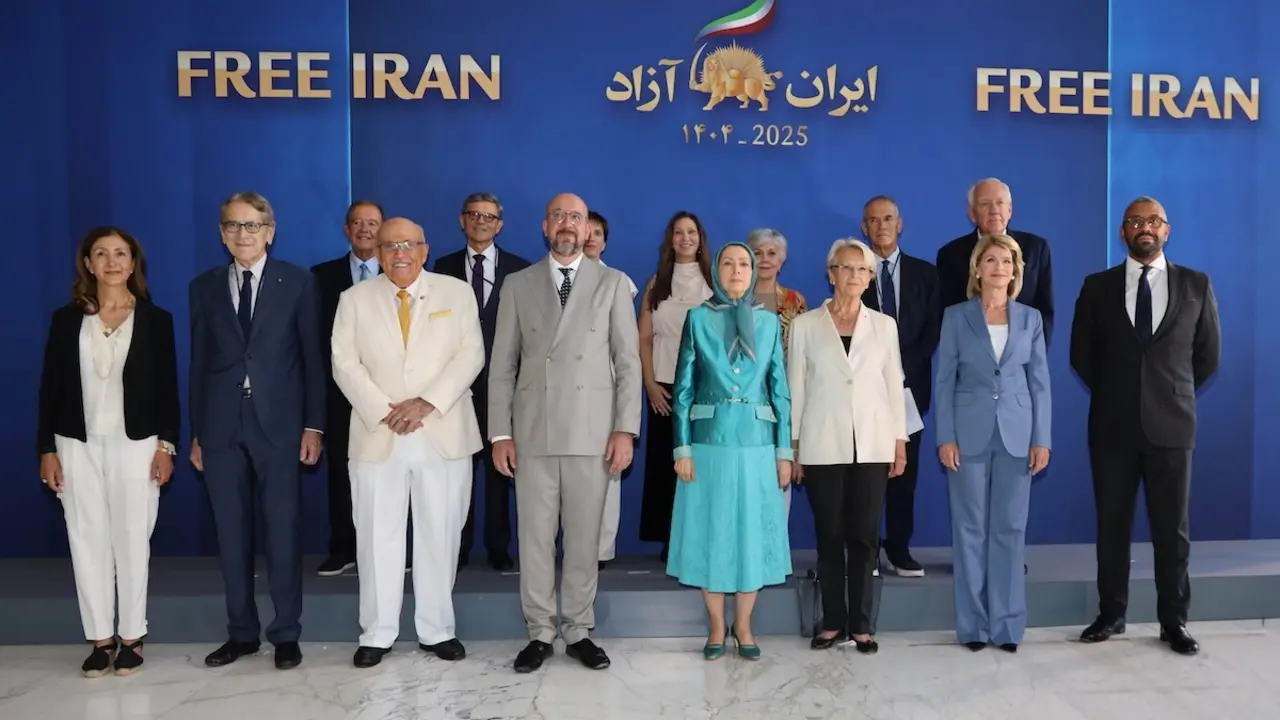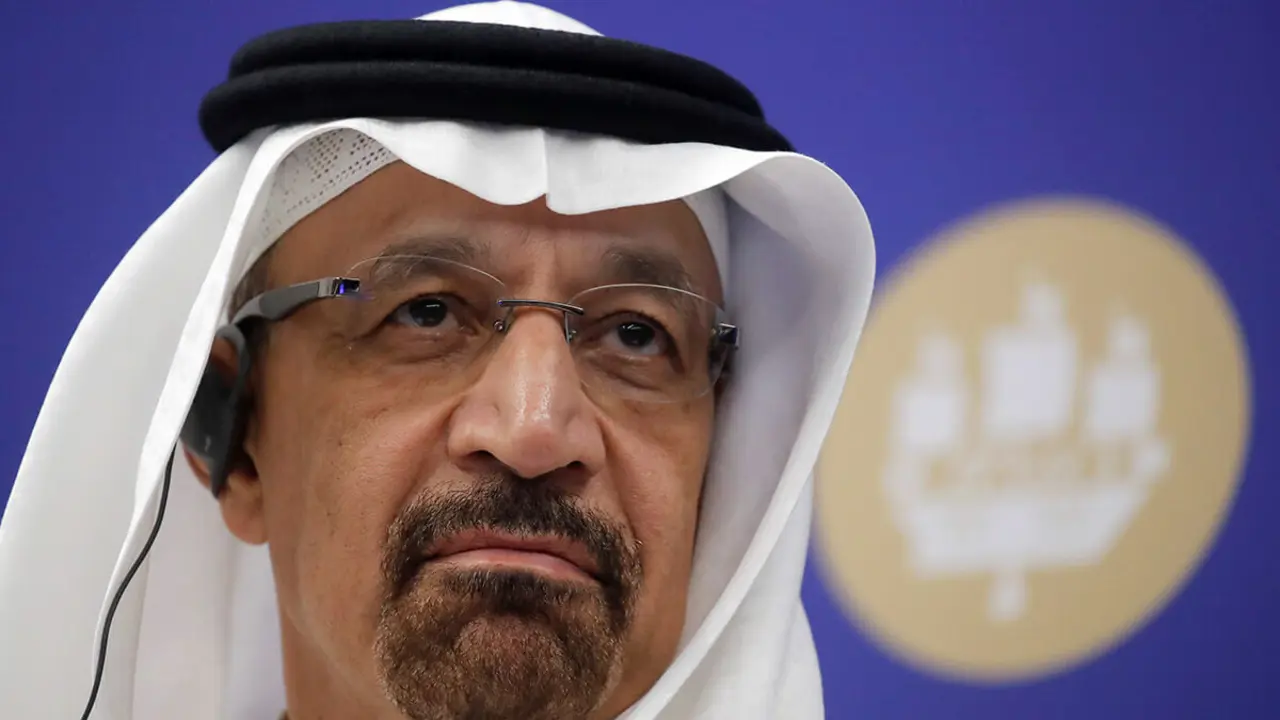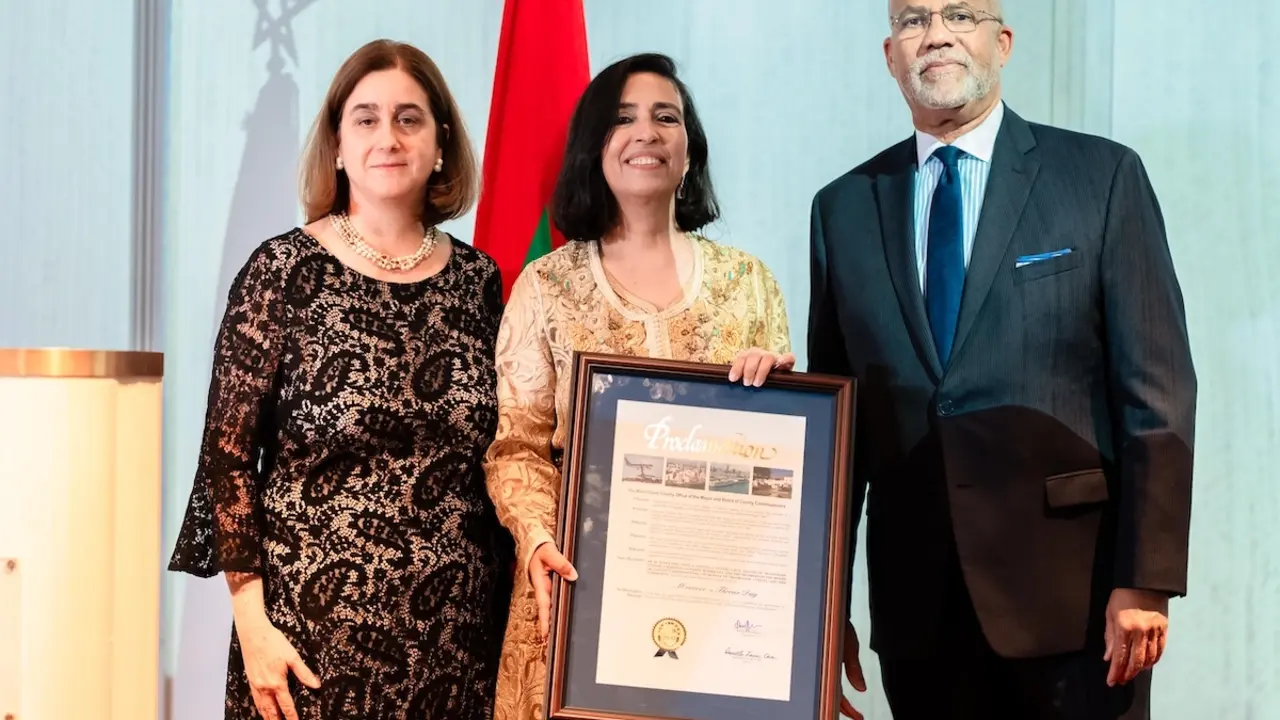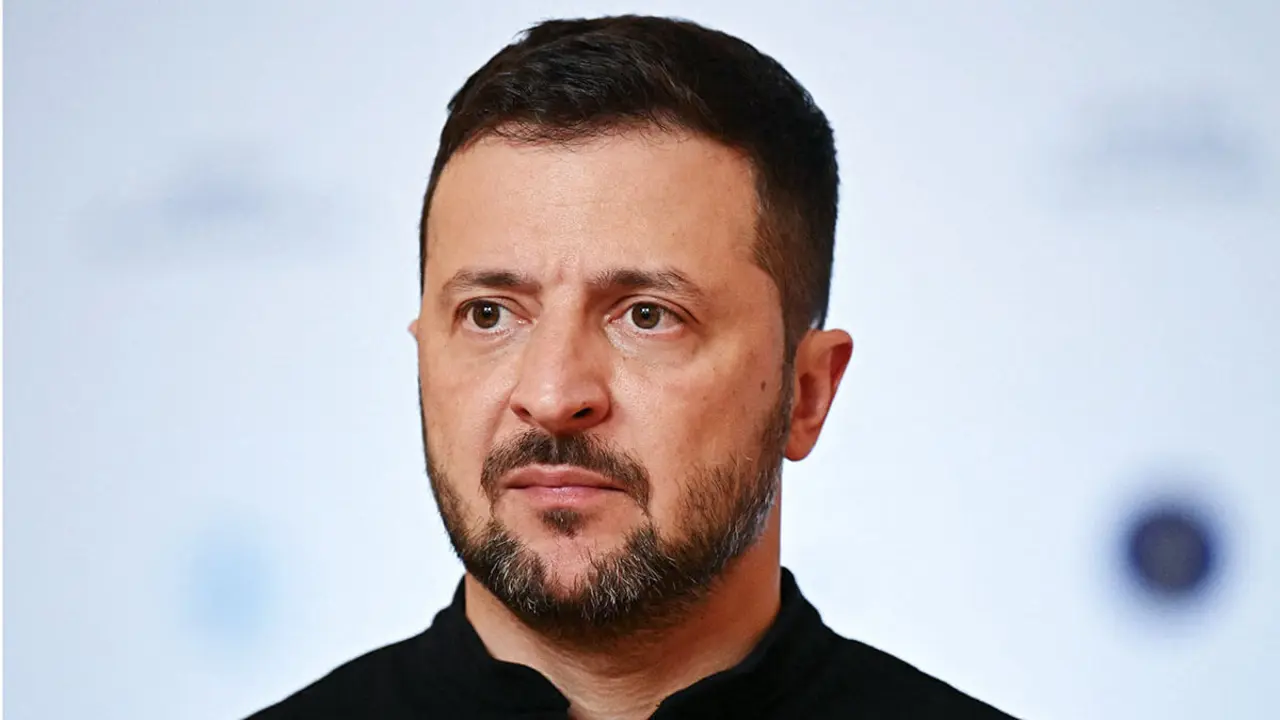Minister Robles' NO to 5% of NATO spending will become President Sánchez's YES in two weeks' time

Numerous foreign ministries around the world, including the Atlantic Alliance headquarters, are closely following the political trajectories, contradictions and frequent changes of criteria of the Spanish Prime Minister and his ministers, who, because they are so many and so varied, the defence organisation knows how to deal with them.
Defence Minister Margarita Robles has said on numerous occasions that ‘Spain is a serious, reliable and committed ally of NATO’. But when a real opportunity arises to prove it, it seems that this is not the case. And yet, at 109 Paseo de la Castellana, in the Palacio de Santa Cruz and in the Moncloa, they are well aware that the decisions of the Atlantic Council are taken by consensus among all the allies, and that Spain is alone in its rejection of the 5 per cent.
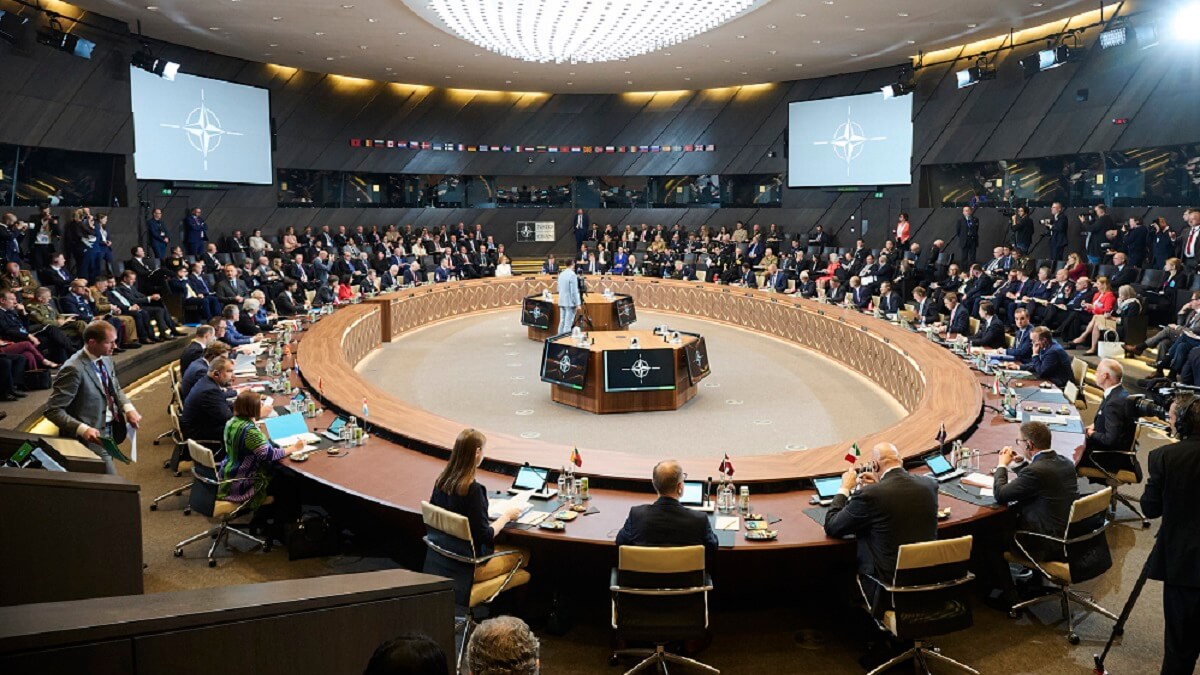
This is the main reason why the Sánchez administration is engaged in a kind of charade to justify to its voters and government partners that, although it is fiercely opposed to gradually increasing the defence budget to 5% by 2035, it will be forced to bow to the dictates of the majority of its allies. And in Madrid, they have already prepared the ground for the narrative.
One of the first acts of what could be described as a farce featured Minister Robles. The scene took place as she left the important meeting of ministers from the sector, held on 5 June at NATO headquarters in Brussels. It was the last high-level event before the summit of heads of state and government scheduled for the 25th of this month, which should give the green light to the much-repeated ‘increase’ in defence spending.
After giving her approval to the proposal on military and security capabilities that should bring the 5% target to fruition, the minister appeared before the television cameras and microphones of Spanish radio stations and spoke as follows: Spain is an ally ‘that builds, that contributes, never that finds fault or argues’. ‘Many countries want 5%. We respect that’. But ‘we, with our 2% commitment, can cope with that,’ a figure of Spanish GDP that President Sánchez has said Spain will reach by 2025.
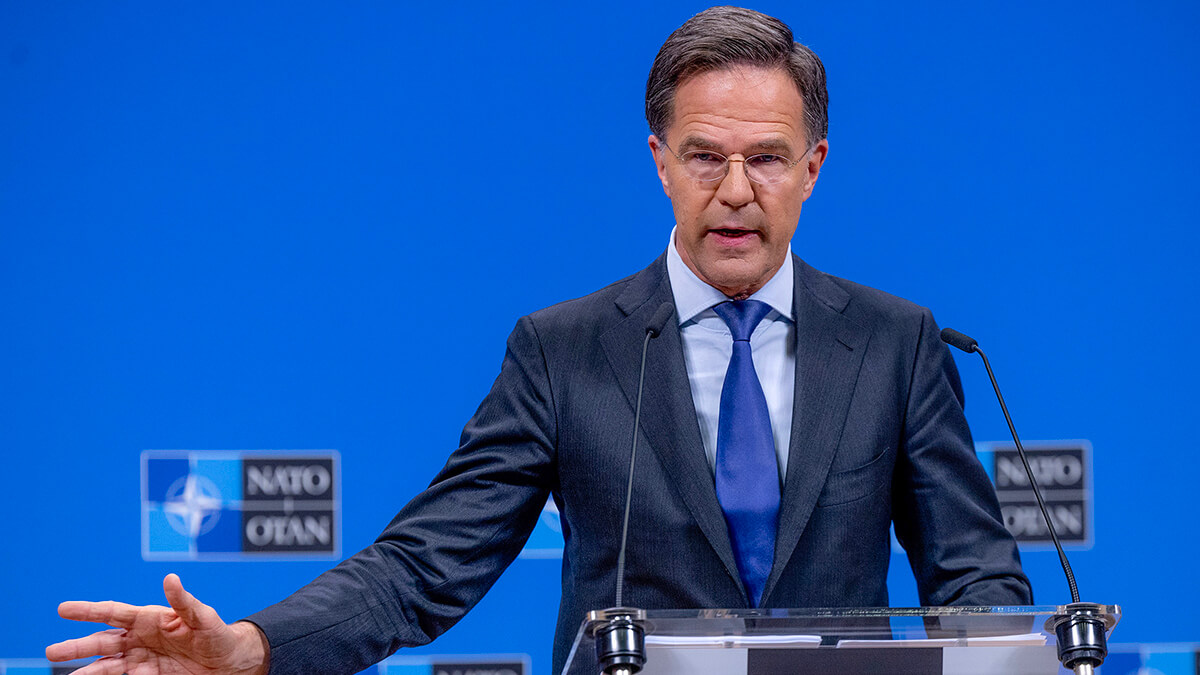
Investing more to make collective defence credible
The scene followed the orders received from the Moncloa to the letter. A few hours later, despite the high importance of the meeting and the significant agreements reached by the 32 NATO defence ministers, the official statement from the Ministry of Defence dated 5 June downgraded the crucial meeting to a ‘meeting’.
The main purpose of the last meeting of defence ministers before the summit in The Hague was to seek – and achieve – consensus among all ministers, including Margarita Robles, on a ‘new and ambitious joint capabilities plan’. NATO Secretary General Mark Rutte has confirmed that the objectives already agreed upon ‘accurately’ describe the main priorities and the capabilities in which the allies should invest in the coming years.
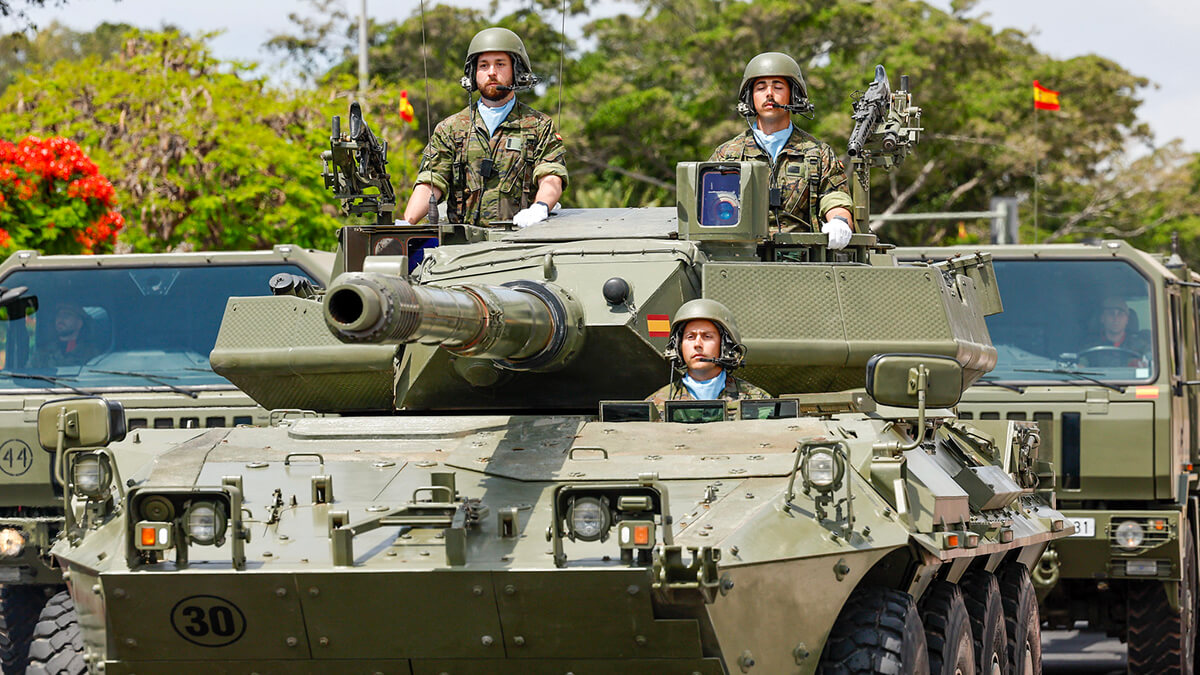
Although the specific details are shrouded in secrecy, Rutte revealed in a speech delivered yesterday, Monday 9 June, at the Royal Institute of International Affairs in London – a think tank better known as Chatham House – that the Alliance must strengthen ‘the shield that protects our skies’. This requires a ‘400 per cent increase in air defence, long-range missiles and anti-missiles’, as well as ‘more investment in space and cyber capabilities’, he said.
With nine months at the helm of NATO but 14 years (2020-2024) as Prime Minister of the Netherlands, he also announced in the British capital that the increase in capabilities recently approved by the allies, including Spain, includes ‘millions of artillery shells’, that the armies need ‘thousands more armoured vehicles and tanks’, that the allies plan to ‘acquire some 700 American F-35 fighter jets’ and that ‘logistical capabilities for supply, transport and medical support must be doubled’.
In short, ‘if we do not invest more,’ Rutte stressed, ‘our collective defence will not be credible,’ which is why we will strengthen NATO ‘by spending and producing more’. He also gave a nod to the Trump administration by saying that the United States ‘has shouldered an excessive burden for too long’ and that we now need to achieve a fairer alliance by ‘rebalancing the burdens of our security’.

The importance of roads, railways and ports
Once the leaders of the 32 allied nations approve the final document presented by Rutte at their summit on 25 June, NATO will be on track to become ‘stronger, fairer and more lethal’. But he clarified: ‘Rest assured that we will always be a defensive alliance and that becoming more lethal means strengthening our deterrence and defence posture.’ Because what is at stake is ‘the security of 1 billion people on both sides of the Atlantic,’ he stressed.
In essence, what Rutte is proposing is to ‘provide the Armed Forces with what they need to keep us safe’, to demonstrate to any potential aggressor that ‘we can, and will, strike back harder’, and that with NATO's military power and, if necessary, the determination to use it, ‘no one should even think of attacking us’. But for everyone to benefit from the protection provided by the transatlantic alliance, backed by Washington's firm commitment, ‘it is vital that every ally does its part.’
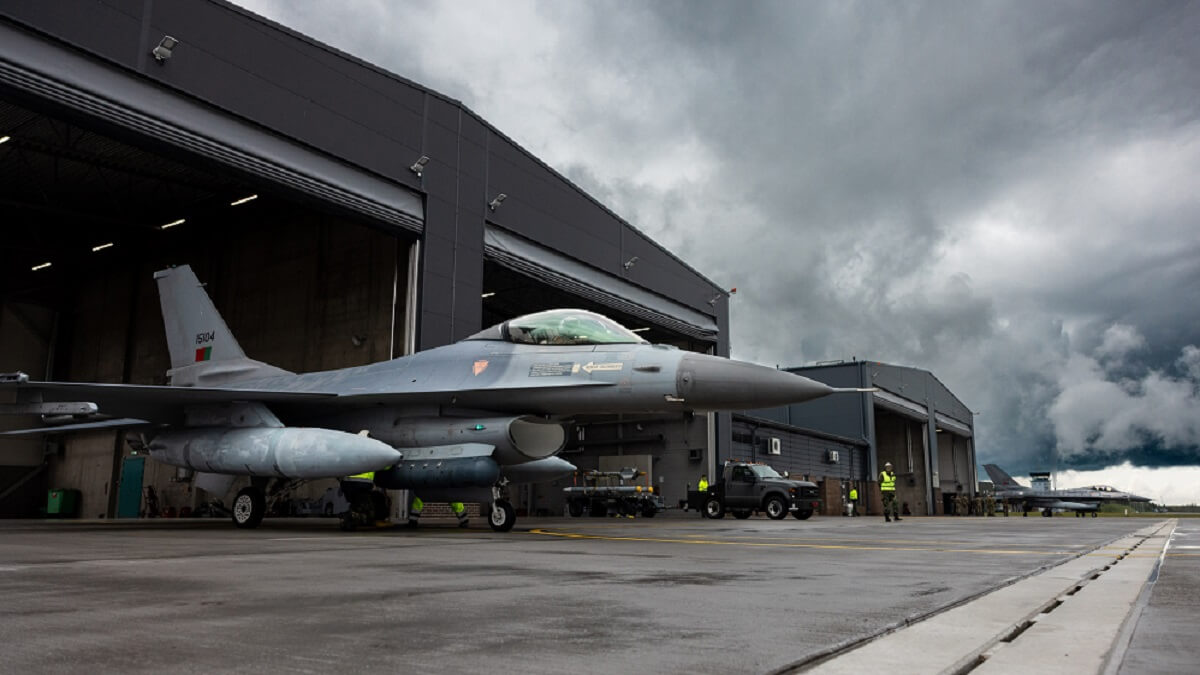
The dozens of capabilities recently approved by defence ministers, including Margarita Robles, form the basis of the new comprehensive defence investment plan, which amounts to 5 per cent of GDP and runs until 2035. Rutte has assured that this is his proposal, which is already in the hands of the 32 heads of state and government of the Alliance for analysis and, with the necessary adjustments, approval at the Atlantic Council summit on 25 June in The Hague.
NATO proposes that each nation devote 3.5 per cent of GDP to “basic defence spending”, i.e. to cover its share of the new capability targets recently agreed by all ministers. However, this is not enough, and in order to reach 5 per cent, an additional 1.5 per cent is to be allocated to ‘defence and security-related investments, including infrastructure, industry support and resilience’.

In his speech in London yesterday, Monday 9 June, Rutte specified that this 1.5 per cent is intended to strengthen the civil transport networks that support military mobility and deployments, enabling the necessary forces to be brought to the right place at the right time. In his own words, ‘roads, railways and ports are just as important as tanks, fighter jets and warships’.



